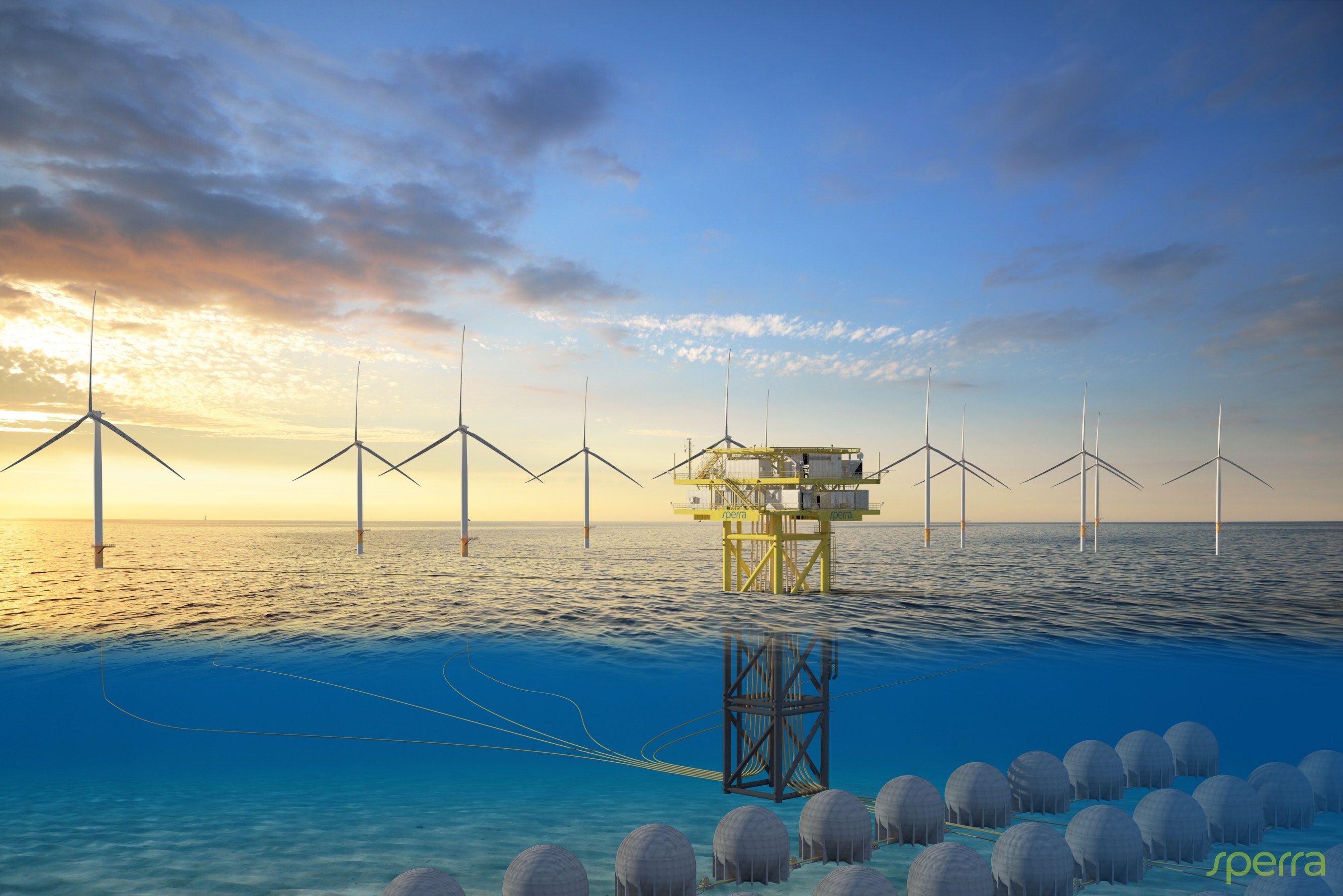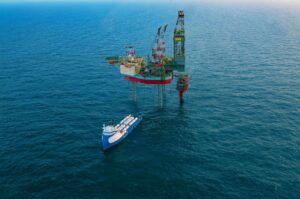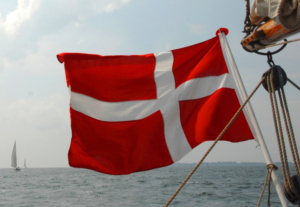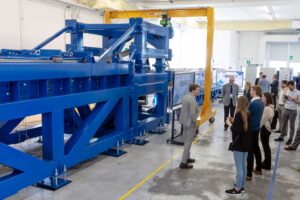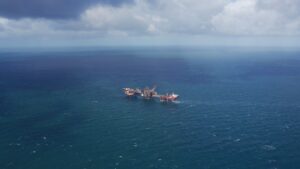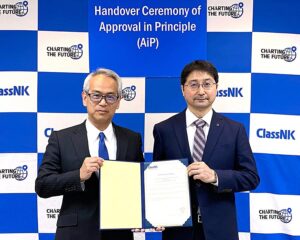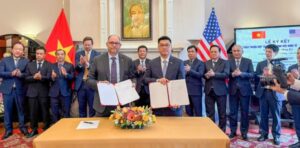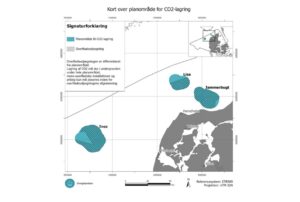US-German collab gets $7.7M boost for development of low-cost subsea energy storage
U.S. and German governments are supporting two projects that have a mutual goal of developing a low-cost subsea energy storage technology that supports electrical grid decarbonization with funding of $7.7 million.

The U.S. Sperra, dedicated to pioneering the next generation of renewable energy solutions through automated construction, secured a $4 million grant from the U.S. Department of Energy (U.S. DOE) Water Power Technologies Office (WPTO) to advance innovation in pumped storage hydropower technologies, where it will design, fabricate, and test a 10-meter diameter, 500 kW / 600 kWh energy storage unit in the waters off Southern California.
The funding unlocks $3.7 million (€3.4 million) from the German Ministry for Economic Affairs and Climate Action (BMWK) in the form of a parallel pump and turbine development project run by Fraunhofer IEE and PLEUGER Industries.
The collaborative work of the two projects aims to develop a low-cost subsea energy storage technology that supports electrical grid decarbonization.
According to Sperra, subsea pumped storage hydropower (SPSH) creates new opportunities for deployment of pumped storage hydropower by storing energy out of sight in the ocean, near the largest U.S. cities, providing the same benefits as traditional pumped storage hydropower but avoiding many of the land-based challenges.
The company noted that this technology is a strong alternative to batteries as it does not rely on the critical materials needed for battery production and can largely be manufactured with locally sourced concrete. The U.S. is said to have a vast potential for SPSH, with circa 75 TWh of unused offshore potential – more than twice the potential of onshore closed-loop pumped storage.
Sperra’s approach will build upon the work of Prof. Horst Schmidt-Böcking, Dr. Gerhard Luther, and Fraunhofer IEE on a subsea energy storage technology called Stored Energy in the Sea (StEnSea).
The project team also includes WSP USA, Purdue University, and the National Renewable Energy Laboratory (NREL), with a project advisory panel of key stakeholders.
“Pumped storage power plants are particularly suitable for storing electricity for several hours to a few days. However, their expansion potential is severely limited worldwide. Therefore, we are transferring their functional principle to the seabed – the natural and ecological restrictions are far lower there. In addition, the acceptance of the citizens is likely to be significantly higher,” said Dr. Bernhard Ernst, Senior Project Manager at Fraunhofer IEE.
This project builds upon R&D funding provided by the California Sustainable Energy Entrepreneur Development (CalSEED) program and the New York State Energy Research and Development Authority (NYSERDA).
Future steps include planning a grid-connected pilot demonstration after the project’s completion which will help de-risk the technology and attract larger amounts of public and private funding for scaling up widespread deployments.

